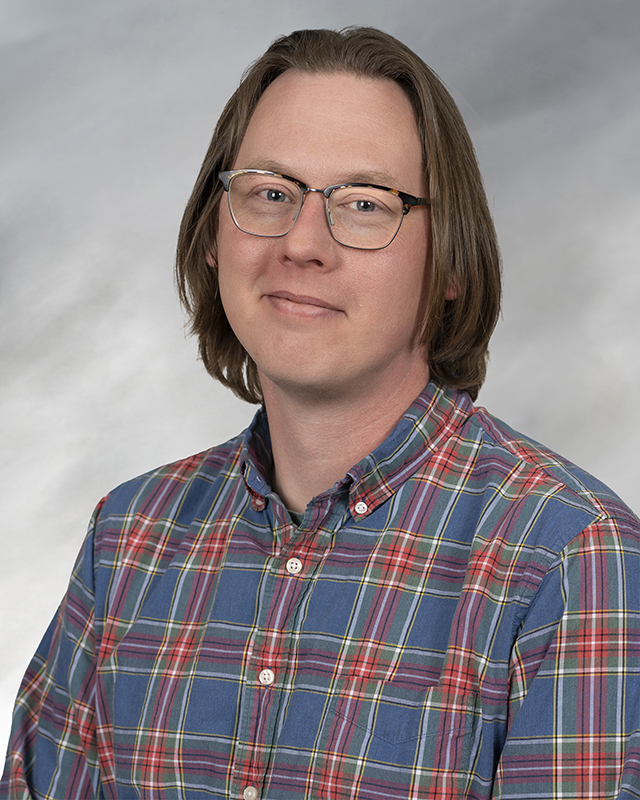Andrew Garrett
Office Address
7322 Scott Hall
540 E Canfield
Detroit, Michigan 48201
Office Phone
313-577-0963
Biography
The Garrett lab is interested in how developing neurons use cell-surface recognition molecules called cell adhesion molecules (CAMs) during neural circuit formation. Our focus is on the process of self-avoidance, which prevents sister neurites from the same cell (“self”) and from cells of the same type (“homotypic”) from becoming entangled with each other. Our model is the mouse retina, where both self- and homotypic-avoidance is important for the orderly organization of the ~100 distinct types of neurons that process visual information.
Neurons use two different strategies to promote self-avoidance. The first relies on extreme molecular diversity to provide each neuron with a unique “barcode”, allowing it to distinguish “self” from “non-self”. In mammals, this is typified by the clustered protocadherins (Pcdhs), members of the cadherin superfamily of CAMs. We focus on the gamma cluster, which is composed of 22 different isoforms, and is required for normal self-avoidance in starburst amacrine cells. We use combinations of gene editing and gene delivery techniques to ask questions about isoform diversity and specific isoform functions.
The second strategy neurons use for self-avoidance does not depend on molecular diversity. The Dscams (Down syndrome cell adhesion molecule, or DSCAM, and the similar DSCAML1) are members of the Ig superfamily of CAMs required for self-avoidance and homotypic avoidance. Dscams in mammals are not diverse, but functionally interact with other CAM systems to mask excessive adhesion allowing neurites to be indifferent to each other. When left unopposed in Dscam mutants, unmasked adhesion pulls neurites into fascicles and cell bodies into homotypic clusters. We use in vivo and in vitro techniques to investigate mechanisms of adhesive masking, and how they differ between cell types.
Training
Postdoctoral training, The Jackson Laboratory (laboratory of Dr. Robert Burgess)
Education
B.S., Cedarville University, 2004 (Biology)
Ph.D., University of Iowa, 2009 (Neuroscience)
